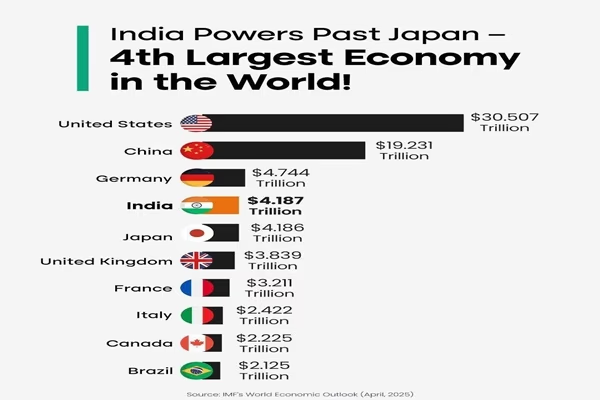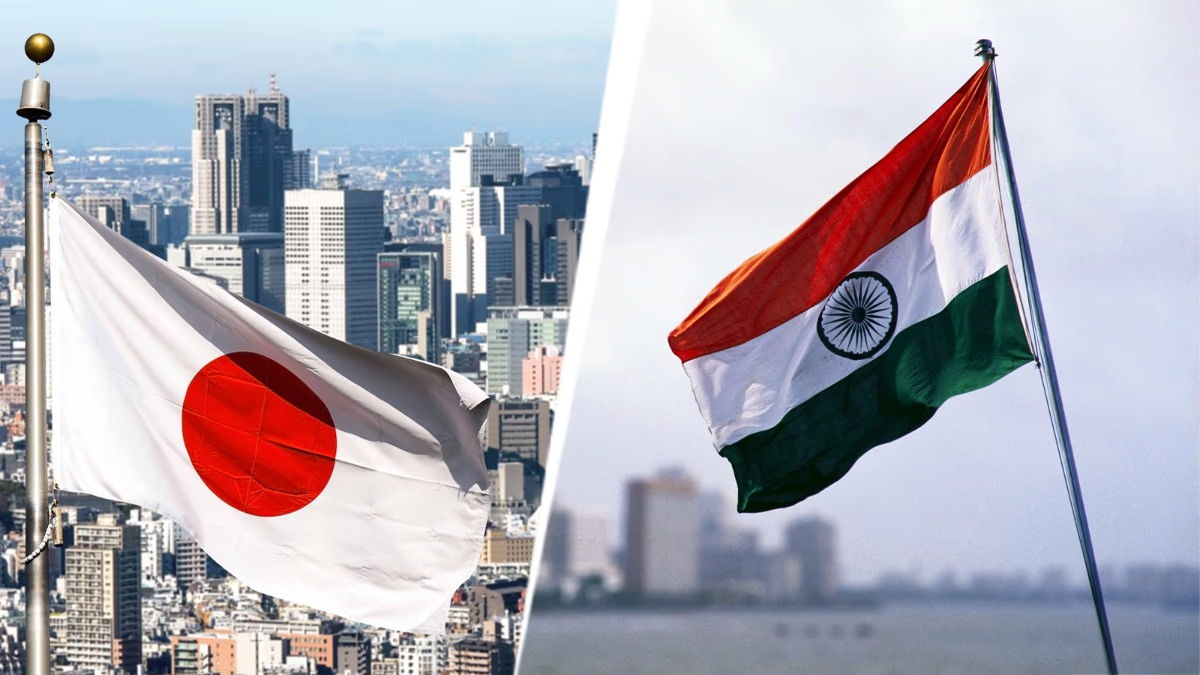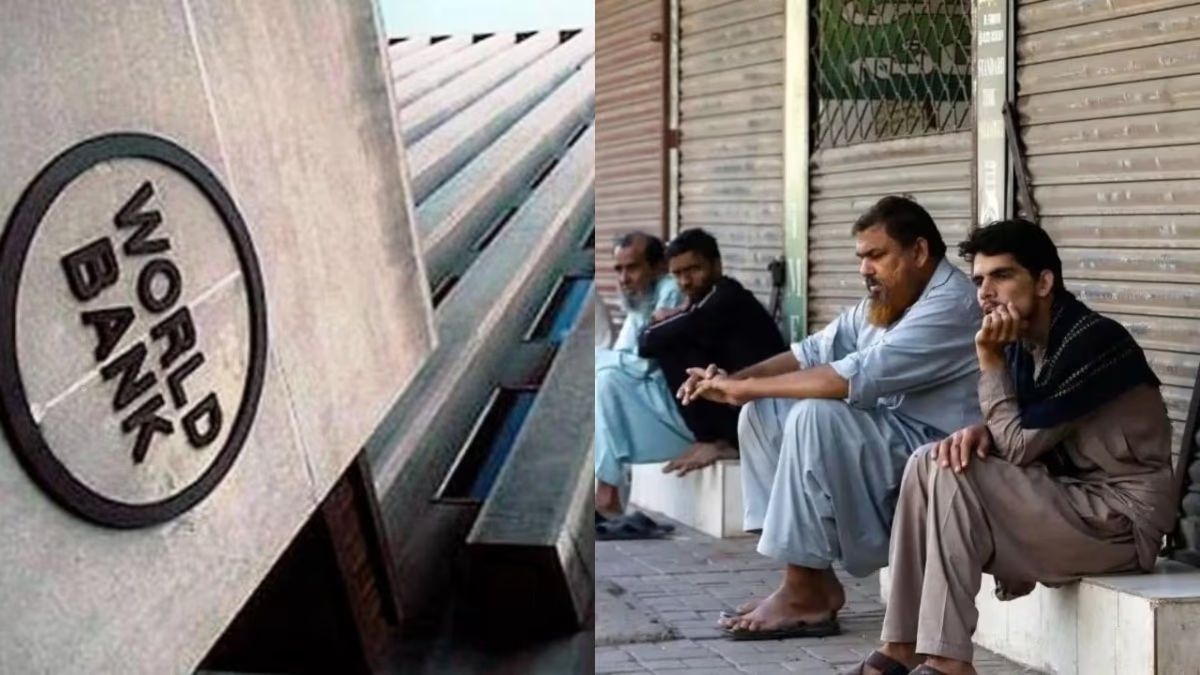By the end of this year, India's economy is set to become the fourth largest globally. With its rapid economic growth, India will outpace Japan—the current fourth-largest economy—and ascend to become the world's fourth-largest economic powerhouse. This assessment is provided by Arvind Virmani, a member of India's esteemed think-tank, the Niti Aayog. The International Monetary Fund, a pivotal global economic body, also predicts India's economy will reach $4.19 trillion by 2025, placing it ahead of Japan.
What does being the "fourth-largest economy" signify? In simple terms, it means that the country's economic power and production capacity are ranked fourth when compared to the rest of the world, primarily measured through GDP (Gross Domestic Product).
The statements by Niti Aayog and the International Monetary Fund indicate that by the year's end, India's economy will secure the fourth position globally. Notably, a few years ago, India surpassed the United Kingdom to become the fifth-largest economy, and now it is on the verge of overtaking Japan, entering the coveted list of the world's top 10 economies at the fourth position.
What Does the Fourth Largest Economy Mean?
This milestone showcases India's economic growth, policy reforms, and attractiveness to global investment. It reflects India's robust position in terms of economic influence, investment, and geopolitical stature on the global stage. These statistics suggest that India is a strong contender as an investment destination. The country's ability to service its debts is robust, and its economic growth fundamentals are strong. This number indicates the vast scale of production, trade, and services in India, with only a select few countries (like the U.S., China, Japan, or Germany) ahead of it.
Becoming the fourth-largest economy is a significant achievement for India, reflecting its growing strength on the global stage. However, when delving deeper, it's clear the picture isn't as rosy. While we may be on the brink of surpassing Japan in terms of nominal GDP, Japan is far ahead of India in areas like per capita income, life expectancy, manufacturing, social security, education, employment, and technology.
Let's examine how India stands behind Japan, particularly in human development indicators, despite being on the verge of overtaking Japan in a few months.
1-Per Capita Income
A country's per capita income is derived by dividing the total GDP by its population, indicating the average income level of its citizens.
India's status: In 2025, India's per capita income is projected at approximately $2,800-$2,937, roughly 12 times lower than Japan's per capita income of $33,138-$53,059. Due to India's vast population (approximately 1.4 billion), the per capita GDP significantly decreases.
Japan's higher per capita income results in better standards of living, spending capacity, and quality of life compared to India.
Income inequality in India (the top 1% holds 41% wealth, while the bottom 50% has only 3%) and the rural-urban divide are major challenges. To boost per capita income, it's essential to focus on inclusive growth, reducing dependency on agriculture, and bridging regional disparities.
2- Life Expectancy
The average lifespan of a country's citizens is a direct reflection of its economy, resources, and healthcare facilities, primarily indicating the average age based on healthcare, nutrition, and standard of living.

Source: aajtak
In 2021, India's life expectancy was around 69-70 years, below the global average. Health spending is merely 1.2% of GDP. In contrast, Japan is among the countries with the highest life expectancy worldwide. Here, the average lifespan is 84-85 years, supported by substantial investments in the health sector, robust healthcare services, nutritious food availability, and a strong social security system.
Inadequate health infrastructure, lack of facilities in rural areas, and malnutrition (India ranked 111th in the 2023 Global Hunger Index) limit life expectancy. Increasing the health budget and improving rural facilities is essential.
3- Education
Education quality and standards in a country reflect human capital and social innovation. India’s literacy rate is 77.7%. However, there’s a lack of quality education and skill development. Issues include inadequate school infrastructure and a shortage of teachers in rural areas. Where teachers exist, their skills and quality often come under scrutiny.
In contrast, post-WWII Japan overcame nuclear devastation, achieving nearly 100% literacy, with its education system leading globally in technical and vocational education. Japan’s technological education and skill development set standards for the world, leading its tech, car, and manufacturing companies to often hold the number one position worldwide.
India currently spends less than 4% of GDP on education. Increasing this expenditure, focusing on teacher training, and promoting vocational education is necessary.
4- Employment
A country's employment status reflects job quality, economic prosperity, and social stability. Countries successfully employing their entire working population experience higher social stability and satisfaction.
According to the International Labour Organization, India’s unemployment rate was 6.1% in 2023. The situation in unorganized sectors is worse, employing 90% of the population but offering low wages and higher insecurity, with unhealthy and hazardous work conditions. Migration for jobs from Hindi-speaking regions in India has affected the country’s social structure.
Compared to India, Japan has lower unemployment and a structured employment system that provides national stability. Japan’s unemployment rate stands at 2.5%. However, India is consistently improving this situation. The nation is enhancing formal employment opportunities, skill development, and strengthening the startup ecosystem, providing jobs to its populace.
5- Manufacturing
The manufacturing sector encompasses the segment of the economy that produces goods, creating jobs and boosting exports, forming a country’s economic foundation.
According to the World Bank, India's manufacturing sector contributes 13-14% to GDP. The Indian government is actively advancing in this area. Initiatives like 'Make in India' have boosted this sector. Prime Minister Modi's 'Vocal for Local' initiative has encouraged many native companies to start manufacturing domestically, with global giants like Apple starting production in India.
India has recently taken significant steps in chip manufacturing, advancing swiftly in this domain.
Despite these efforts, India plays a limited role in the global supply chain. Challenges include infrastructure, capital, and skilled labor shortage.
Meanwhile, according to OECD (Organisation for Economic Co-operation and Development) figures, Japan's manufacturing sector contributes over 20% to GDP. Japan leads globally in automobiles, electronics, and robotics, maintaining world-class productivity and quality.
India requires substantial investments in the manufacturing sector. It also needs to focus on enhancing infrastructure such as ports and power and emphasizing skill development.
6- Technology
Technology and research reflect a country's innovation capacity and global competitiveness. According to UNESCO, India spends 0.7% of GDP on Research and Development. Strength in IT and digital services contrasts with lagging in hardware and indigenous technology. Notably, India has made considerable progress in fintech, space, and military technology.
Japan spends 3.3% of GDP on Research and Development, leading globally in robotics, AI, and electronics.
7- Social Security
Social security includes pension, health insurance, and unemployment benefits, offering economic stability to citizens.
The International Labour Organization's 2021 report indicates that only 49% of India's population receives social security coverage. In the informal sector, employing 90% of India’s workforce, social security is lacking. Employees barely receive pension benefits, and healthcare accessibility remains dire.
Conversely, Japan’s social security system is comprehensive, including universal health insurance and pension. Though this has resulted in national debt, Japan provides its citizens with a robust social security system.
The conclusion from the above discussions is that India’s step towards becoming the world’s fourth-largest economy is a significant milestone. While GDP figures might surpass Japan, the nation leads us in many aspects. As a developed nation, Japan offers a high-quality standard of living. To bridge this gap, India must advance in areas such as per capita income, life expectancy, manufacturing, social security, education, employment, and technology.
For now, India must focus on inclusive growth, policy reforms, and infrastructure investment to ensure that economic growth benefits reach society's lower strata.




